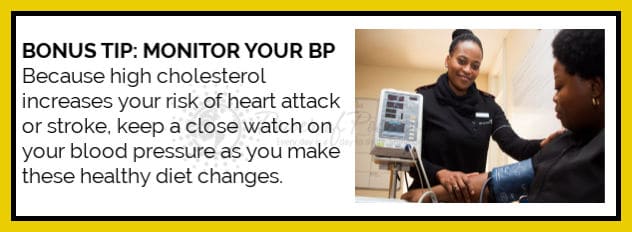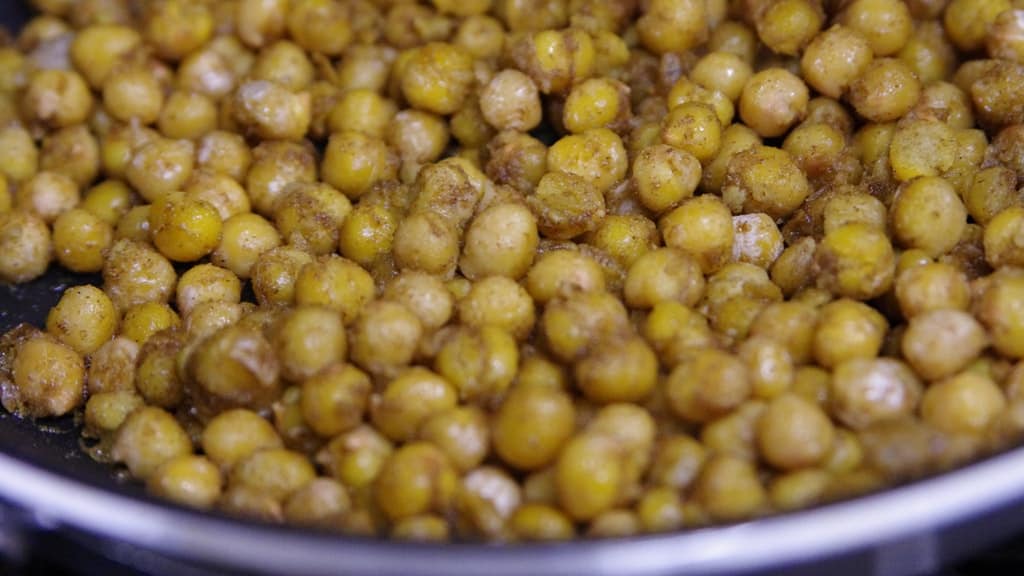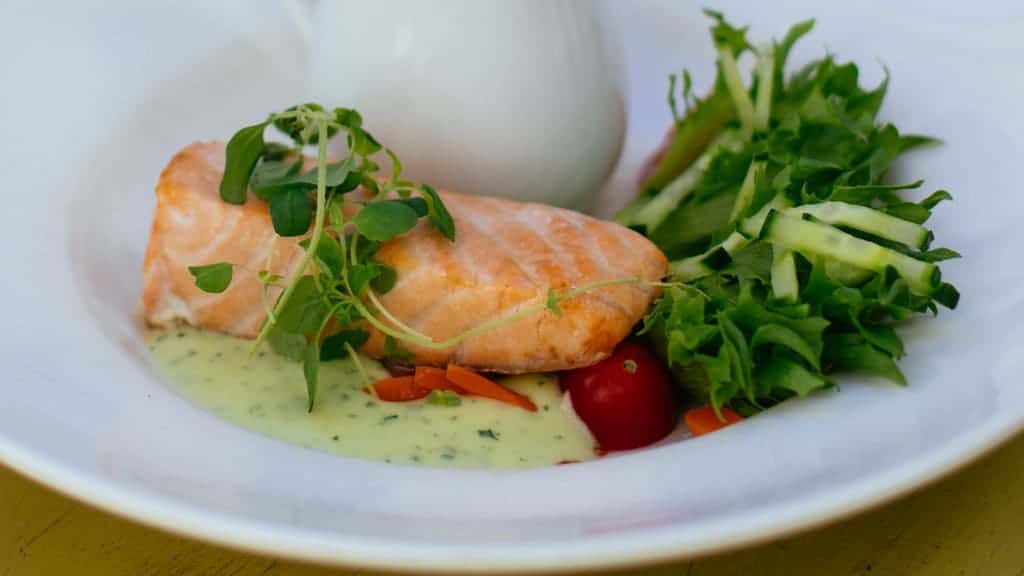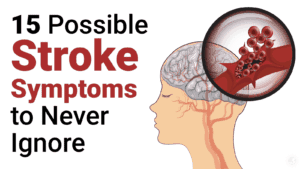It’s true what they say. High cholesterol can kill you. Cholesterol is confusing to many as some foods get a bad reputation for being “bad” when in reality they’re actually loaded with important nutrients. Eating the right food will help lower your cholesterol, but there is no reason to avoid all foods that contain a high level of cholesterol. Here’s a look into what to eat and what to avoid if you have issues with your cholesterol levels.
All About Cholesterol
Many people only know that cholesterol is something that clogs their arteries. It’s a waxy, thick substance found in the body. It’s not all bad though. Cholesterol helps produce hormones, boosts vitamin D and works with the bile that digests fats. It gives cell membranes in the body flexibility and strength.
These lipoproteins are called LDL and HDL. The “bad” stuff is the LDL as it builds up in the arteries causing clots. The “good” stuff is the HDL which helps get rid of the excess cholesterol in the body that causes bad cholesterol.
What To Eat To Improve Your Cholesterol
1 – Legumes
Legumes are high in fiber, protein and other minerals for an overall boost in health. Beans, lentils, and peas are all legumes. These plant foods help lower your risk of heart disease. It’s best to replace processed meats and refined grains with them. Eating only a 1/2 cup of legumes per day could help lower your bad cholesterol by about 6.6 mg.
2 – Fruits and Veggies
Fruits and vegetables are good for your entire body, not just your cholesterol. They help increase compounds in the diets that could help lower your high cholesterol levels. These are called plant sterols or stanols. They work like soluble fiber. Strawberries and blueberries are some of the best types of fruit for the heart. They have high levels of pectin. Pectin is a type of fiber that helps decrease the bad levels of cholesterol in your body. Avocados are high in monounsaturated fats. These fats help the good cholesterol while working to reduce the “bad” triglycerides. They are also high in the plant sterols.
3 – Nuts
Some consumers shy away from nuts for fear of their fat content. They may be high in fats, but it’s in monosaturated fats. These are the good kind of fat. Nuts have phytosterols which help lower the bad high cholesterol by blocking its absorption in the intestines. Walnuts have high levels of omega-3 fatty acids. These polyunsaturated fats are good for the heart. Almonds have high levels of L-arginine. This amino acid assists the body in making nitric oxide. Nitric oxide regulates blood pressure. All nuts contain calcium, potassium, and magnesium which may lower your risk of heart disease by reducing your blood pressure. Many nuts have added salt. These should be avoided at all costs. Unsalted nuts are your best option.
4 – Yogurt
Yogurt is packed with many different nutrients. Sometimes consumers shy away from it because they fear the full fat yogurt is a dairy decision gone bad. It’s rich in potassium, zinc, calcium, protein, and B vitamins. It contains about 30 mg cholesterol per cup. Yogurt actually helps reduce the LDL levels of cholesterol and blood pressure. It also helps reduce the risk of diabetes and stroke. Yogurt is also a natural probiotic helping the gut to function properly with good bacteria.
5 – Cheese
Cheese is another dairy product that sometimes gets a bad reputation. Some fear it’s too high in fat. It’s actually filled with nutrients to help the entire body. It contains a high amount of protein and about 20 percent of your daily calcium requirement. It also helps raise good cholesterol. Low in carbohydrates, cheese is being used for many to even lose weight.
6 – Fish
Fish are a great addition to a diet to help your overall health. As long as you aren’t frying that fish, it should help your cholesterol levels. Baked or broiled fish is good for the heart. Cold water, fatty fish like mackerel and salmon have high levels of long-chain omega-3 fatty acids. They help inflammation levels and to even lower your risk of a stroke. Coldwater fish like these should be eaten two to three times per week.
7 – Eggs
Eggs are on the fence of the “yes” and “no” list of things to buy. They’re high in many different nutrients, yet they are also high in cholesterol. One egg has a little over 200 mg of cholesterol. This may sound high, but eating the whole egg actually increases HDL in many patients. The egg has high levels of B vitamins, Vitamin A and selenium. As long as you aren’t overindulging on eggs, it’s fine to have one to three in a day.

Foods to Avoid for High Cholesterol
1 – Processed Meats
Processed meats should be eaten in limited doses. Sausage and bacon are two of these processed meats. They contain high amounts of fat. Hot dogs are another processed meat. Hot dogs are usually made from different types of meat so there are many different things in them. They aren’t pure so you’re not just eating a healthy piece of pure meat.
Deli meat is another culprit of something that may taste pure, but be packed with high levels of sodium. Sodium leads to higher cholesterol levels. Always check the amount of sodium and cholesterol on the packaging before buying any type of meat.
2 – Sugar
Sugar is one of the tastiest items out there to many consumers. It’s what many dive into after a long day or when relaxing watching a movie. It’s found in many culprits including: candy, cookies, ice cream, and soda. Many are surprised it’s also found in some other everyday items. Sugar is often added to different types of fast foods, ketchup, granola bars, and hidden in drinks. Sugar has no nutritional value. It tastes good, but it does nothing good for the body.
3 – Red Meat
Red meat contains more saturated fats and cholesterol than other meats. If you have an existing heart condition, red meat can make it worse. Many people on a low carbohydrate diet eat lots of red meat. This could cause high levels of cholesterol due to the high saturated fat content. It’s best to limit your intake of red meat to once a week.
4 – Butter
Most people don’t sit around consuming sticks of butter, but many might be surprised at what all contains butter. It’s in everything from popcorn to instant potatoes. Butter is also added to corn on the cob, pasta, and bread for added taste. Butter is also added to many desserts and baked goods. These things usually also contain a high level of sugar making the prepared food bad for the body. The problem with butter is that it is high in both fat and calories. If not eaten in moderation, it can contribute to weight gain. High levels of weight gain could raise levels of LDL cholesterol.
5 – Salt
High sodium levels lead to higher cholesterol levels. You should eat no more than 2300 milligrams of salt a day. Salt hides in many items so always make sure to check sodium levels on packages. Many people also add salt to the pan when cooking for taste. Just because you limit your salt intake does not mean your cholesterol will lower. You can lower your overall risk for heart disease by lowering your blood pressure. You can use other seasonings for taste when cooking.
6 – Fried Foods
Fried foods are easy to get at fast-food restaurants as you scurry around town taking kids to soccer games or rushing off to work. The problem is that fried food is packed with fat. Fried chicken is one of the most popular foods for all ages. Fried chicken and nuggets are the same thing as a fried chicken leg. Don’t let the marketing fool you just because you’re also getting the meal for your kids. In fact, fried chicken can contain more cholesterol than a cheeseburger.

Final Thoughts on Overall Heart Health & Cholesterol
There’s no magical food that is going to keep your risk of a heart attack at bay. You can work to lower your cholesterol levels by eating certain foods that help your body keep up its health. Incorporating a healthy lifestyle into your food routine will help your body as a whole. Contact your local physician to discuss your new diet, and you’ll be on your way to an entirely new healthy lifestyle in no time.


















